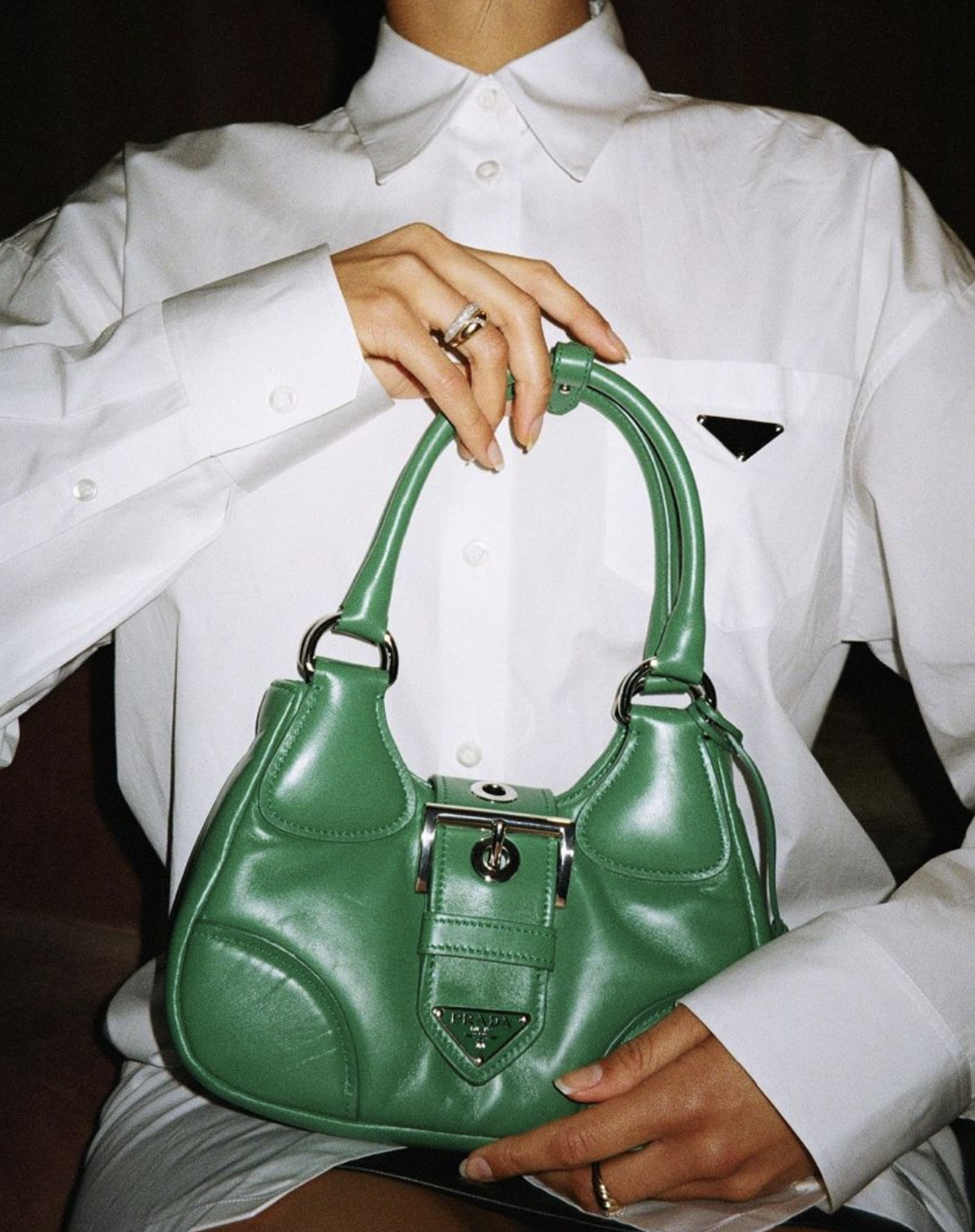Before social media transformed the fashion world, before magazine covers and runway shows became the gold standard of style, there was a woman whose presence and taste quietly shaped how society viewed clothing and femininity. Marie Vernet, often overlooked in history, played a pivotal role in laying the foundation for what would eventually evolve into the modern concept of the fashion influencer.
Living in 19th-century France, Vernet became a central figure in an industry that was just beginning to understand the power of visual influence. While the term “influencer” wouldn’t be coined for centuries, her impact was unmistakable. Through the clothes she wore and the way she embodied elegance, she shifted public perception of fashion from a necessity to a cultural expression. Her role wasn’t about promotion in the commercial sense—it was about presence, taste, and subtle persuasion.
Vernet’s significance arose not just from her looks but from the distinctive situation in which she appeared. She had a close association with Charles Frederick Worth, a British couturier recognized as the pioneer of haute couture. Their relationship encompassed both personal and occupational ties—he was her spouse, and she represented his revolutionary designs. During an era when fashion was transitioning from the unnamed work of seamstresses to recognized artistry, Worth’s concept of a designer-centric house necessitated a public persona who could personify his works. Vernet fulfilled that role.
Contrary to the models of subsequent decades, Marie Vernet did not strut down catwalks or appear in the spreads of shiny publications. Rather, she operated as a live display, presenting Worth’s creations at Parisian salons and exclusive events. Her contribution was crucial in animating his garments—when she donned a gown, it became coveted not just for its artistry but for the manner in which she embodied it. Customers yearned not merely for the material and tailoring; they desired the sophistication Vernet radiated. Thus, she established an initial model of aspirational fashion.
Here is the revised HTML text following your instructions:
Her rise to fame occurred in a significant context. The 19th century was a time of dramatic change across Europe, affecting politics, society, and culture. Urban landscapes were being transformed by the Industrial Revolution, innovations were modifying communication and manufacturing, and social structures were evolving. Within these shifts, style emerged as a means of self-expression, and creators like Worth leveraged the growing demand for unique clothing. Vernet, with her sophisticated style and innate elegance, was the conduit for these concepts to be conveyed.
Her influence also underscored a new relationship between women and fashion. While previously style had been dictated by court dress codes or regional customs, Vernet helped transition fashion into a more individual and expressive domain. By wearing bespoke creations and becoming associated with the designer himself, she symbolized a new type of woman—one who was both muse and tastemaker.
In many ways, Marie Vernet’s role marked a turning point in fashion history. She blurred the lines between model and influencer long before either term existed in their modern sense. Her presence contributed to the rise of fashion as performance—where the act of wearing was as significant as the garment itself. She wasn’t just a mannequin for Worth’s designs; she was a collaborator, shaping how the public received and understood the concept of couture.
It’s important to highlight that this change took place in an era without cameras or online platforms. Influence spread not via images or social tags, but through prestige, spoken recommendations, and elite events. Vernet’s impact circulated around the salons of Paris, from one noble group to the next. Her likeness wasn’t widely distributed, but it was clearly recalled and talked about—a demonstration of the impact of presence in a non-digital era.
Today, the word “influencer” frequently brings to mind sponsored content and meticulously arranged feeds. However, Vernet’s narrative takes us back to a more basic type of influence: an influence based on genuineness, personal representation, and cultural relevance. She did not initially aim to market a brand. Instead, she turned into the brand by embodying her husband’s vision with elegance and understated strength.
Vernet’s influence is evident in the operations of today’s fashion houses. Contemporary luxury labels still depend on people who embody their style, be it celebrities, models, or online influencers. The idea of a muse remains pivotal, even as tools and technologies progress. In this tradition, Vernet serves as a foundational figure, one who influenced the future without the need for attention.
Her story also invites reflection on the evolving role of women in fashion. From passive recipients of trends to active participants in setting them, the journey has been long and complex. Vernet, by stepping into a new kind of public role—one that merged style, visibility, and subtle power—helped initiate that shift. She offered a model of influence rooted not in self-promotion but in collaboration and embodiment.
Although her name might not be listed with the current influencers or fashion figures, her impact on the development of contemporary fashion cannot be disputed. Marie Vernet played a pivotal role in establishing how clothing could be viewed, valued, and coveted—not merely as material, but as an embodiment of character and individuality.
Cuando comprendemos su papel, también adquirimos una percepción de cómo el mundo de la moda comenzó a captar la importancia del individuo en la creación de tendencias culturales. Antes de que existieran carteles publicitarios, antes de las pasarelas y las campañas virales, estaba Marie Vernet: discretamente elegante, históricamente significativa y, sin duda, influyente.



